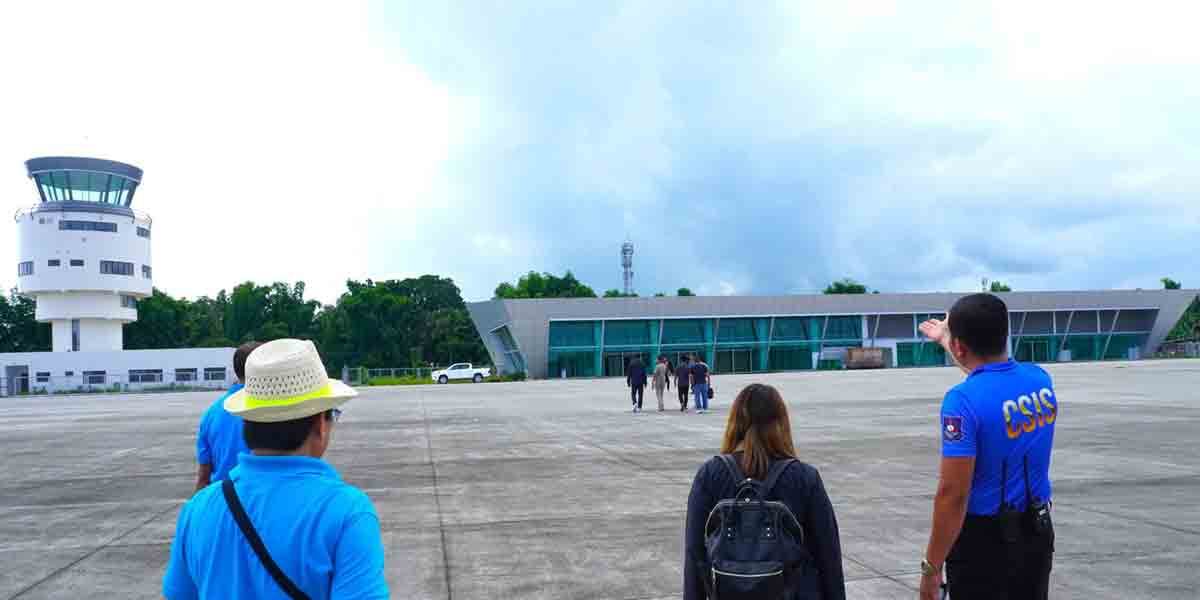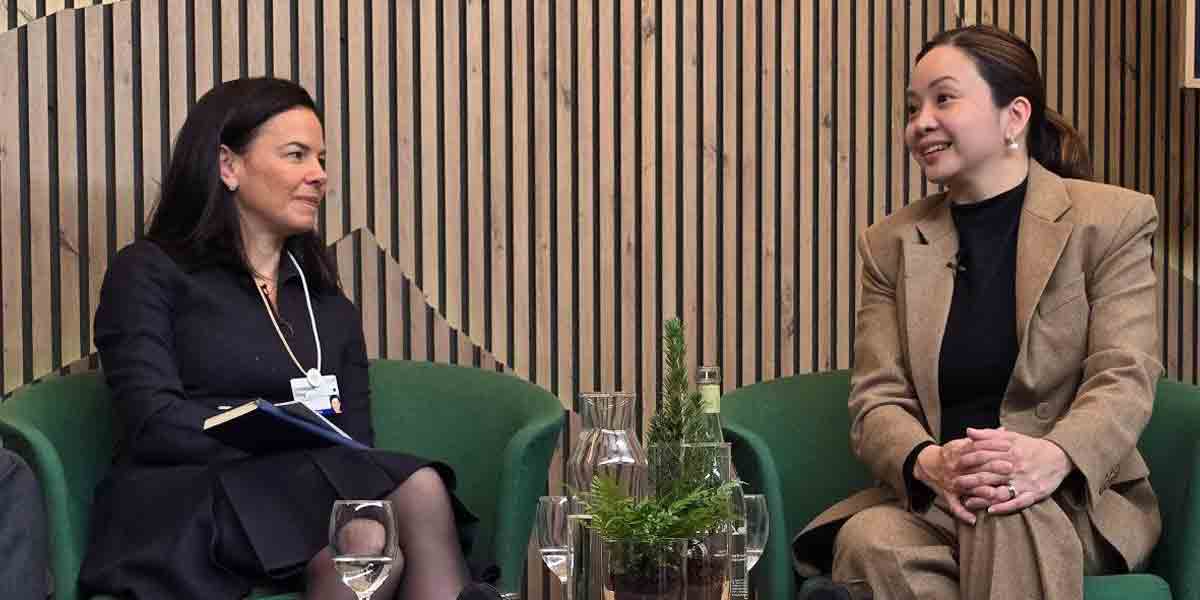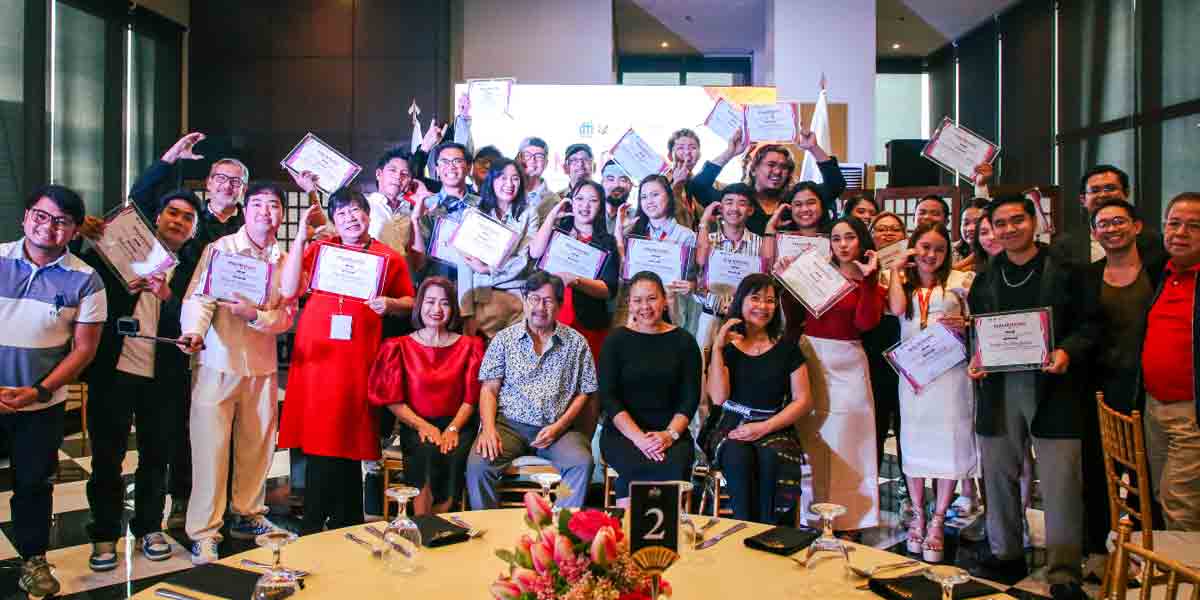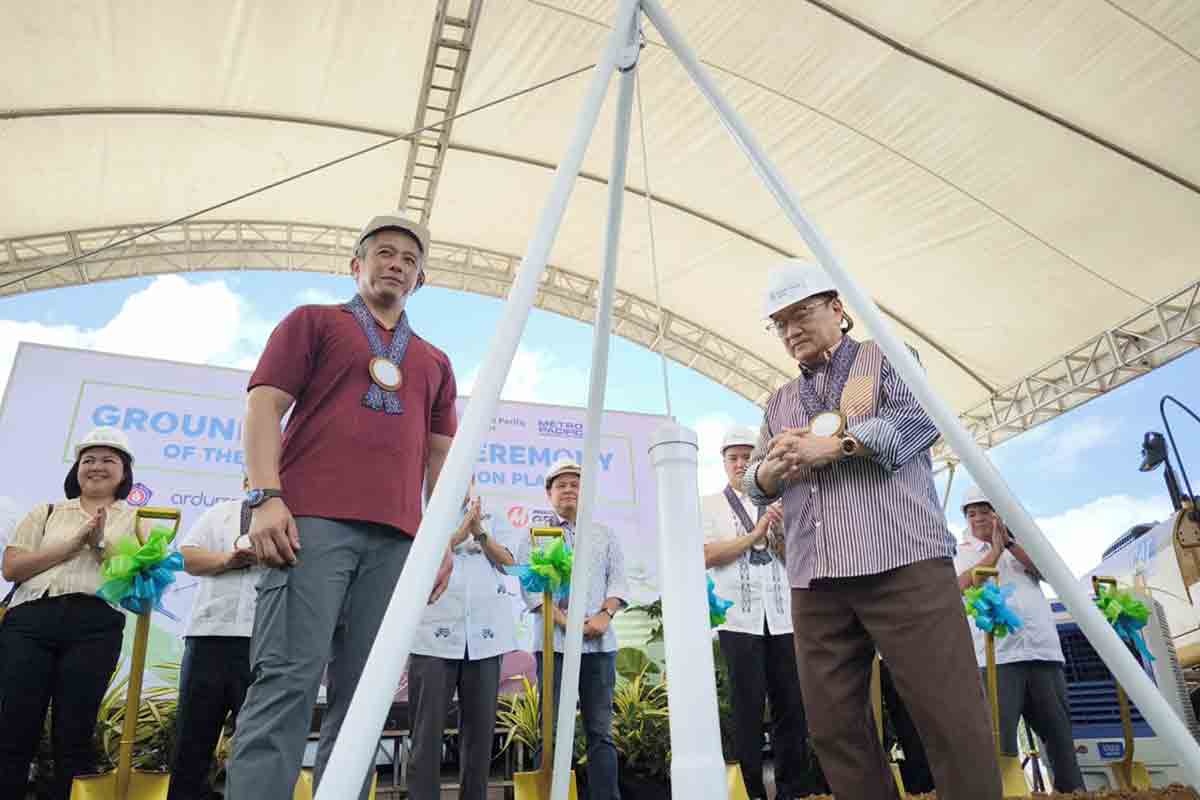By Herbert Vego
OUR human resources — the skilled and unskilled laborers who toil for a living for the survival of their families — are the cogs in the wheel of sustainable productivity.
In the Philippines, sustainable productivity is essential to the survival of Filipinos who now number around 118 million. We are the 14th largest country in the world by population, according to the United Nations, even if we are among the smallest in a land area of 115,830 square miles..
Our economic growth rate for 2024 was estimated to be between 6.0% and 6.5%, which is down from the previous target of 7%.
It means that the growth of our economy has lagged behind our population growth. We have more mouths to feed than we can afford.
The latest survey released by the Philippine Statistics Authority (PSA) showed that the average annual family income of Filipino families is approximately is ₱353,000 while the average annual family expenditure is s ₱258,050.
If all Filipino families were earning that “average,” then well and good; each family would have savings by the end of the year. But that is not the case. We know that the poorest of the poor cannot afford three square meals a day.
We have a high rate of income inequality and poverty. According to the Philippine Statistics Authority, “The top 1% of income earners in the Philippines contribute 17% of the national income, while the bottom 50% only contribute 14%.”
In contrast is Denmark, which has a population of only seven million. There is no poverty, with its average family making an annual income of US $97,320 or around ₱5.7 million in Philippine currency today.
New Zealand has a smaller population of only 5.4 million, with its average family making an annual income of US $132,812.
Both examples seem to suggest that the smaller the population, the better its chances to grow.
In contrast, we know of Filipino parents who wallow in the mistaken notion that the more babies we make, the more we contribute to productivity. This belief is especially prevalent among farmers where parents expect their children to take over farm work.
Indeed, this country is rich in natural resources. We grow rice, sugar cane, pineapples, bananas and coconuts, among others. Our seas throb with fishes. But have we maximized utilization of these natural resources? Unfortunately, “no” is the answer.
Failing there, we should have struck a balance between income and consumption. An ideal family must only beget as many children as they can feed, clothe and send to school. A good education will assure them of better opportunities for success. Failure to do this would condemn future generations to a vicious cycle of poverty.
Unfortunately, college education is now a luxury – no thanks to the Commission on Higher Education (CHED) that authorizes tuition hikes yearly — beyond the rich of low-income parents. In fact, the Commission on Higher Education (CHED) has authorized a tuition fee increase for the current 2024-2025 academic year. Expect a higher one in 2025-’26.
I would not want to be pessimistic, however. I believe that, slowly but surely, our entrepreneurs are learning to exploit our natural resources to the hilt. The Guimaras mango, for example, has a huge export market in Australia. Dried ripe mangoes, done in Cebu, are available in duty-free airport shops everywhere.
We boast of creative professionals in the arts and sciences, but they are mostly found abroad now for greener pastures. You must have heard that the most famous landmarks in Dubai were designed by Filipino architects and urban planners led by Arch. Felino Palafox , who designed its “garden city in the desert”.
According to the Philippine Statistics Authority, there are 2.16 million Filipinos working abroad today. Of course, our government does not discourage this influx for lack of alternative counterstrikes.
Never before until today have we seen mass migration of Filipino nurses. By working in US hospitals, they earn more or less US $5,000 per month. At the conversion rate of 58 to 1, that adds up to ₱79,000 per month, which is more than triple the starting rate of ₱23,000 in our public hospitals.
The government has sponsored seminars aimed at boosting entrepreneurship as an option to solve the unemployment problem and pump-prime small-scale productivity. Considering the usual red tape involved in acquiring permits and licenses, however, it’s easier said than done.
Let me borrow the words of a Filipino intellectual:
“All the Filipinos, as well as those who have tried to engage in business in the Philippines, know how many documents, what errands, how many stamped papers, how many ordeals of patience are needed to secure from the government business permit for an enterprise. A person must count upon the goodwill of this official, on the influence of that one, on a good bribe to another, in order that the application may not be pigeonholed, a present to the one further on so that he may pass the matter on to his chief?”
Guess who said that?
Those words were written by Dr. Jose Rizal in his famous essay, “The Indolence of the Filipinos.”
-oOo-
MORE POWER DOES MORE
THIS writer salutes President Roel Z. Castro of MORE Electric and Power Corporation (MORE Power), which has been commended by the Energy Regulatory Commission (ERC) for its efforts to streamline renewable energy applications, particularly through the consolidation of the Net Metering and Distributed Energy Resources (DER) Certificate of Compliance (COC) processes.
“We look forward to more distribution utilities (DUs) supporting these prosumer programs toward achieving energy democracy,” said Monalisa Dimalanta, ERC chairperson.

























